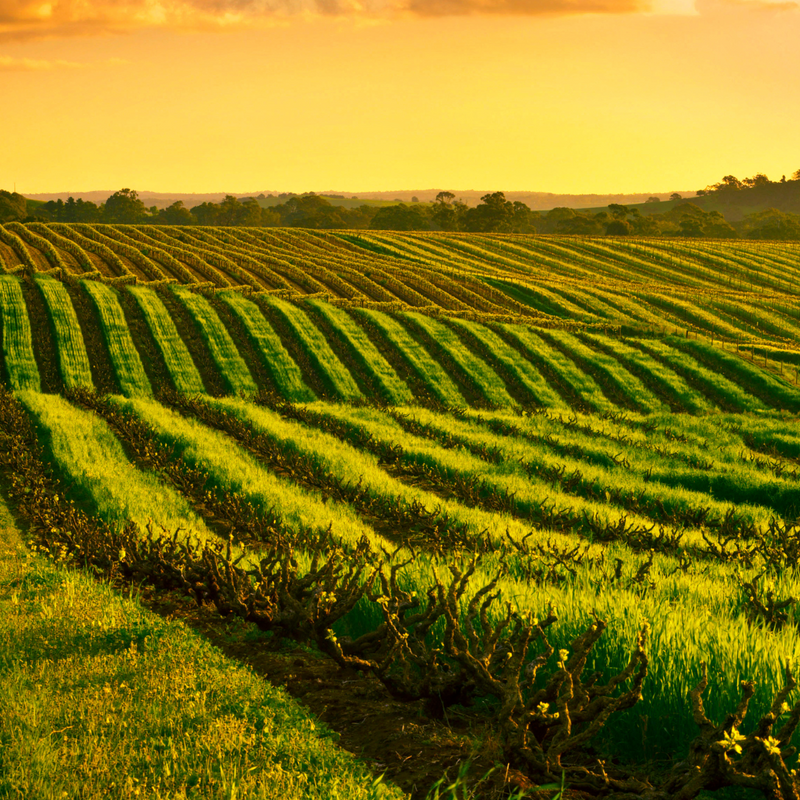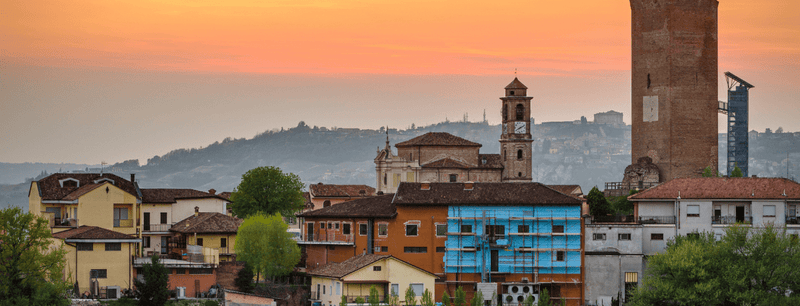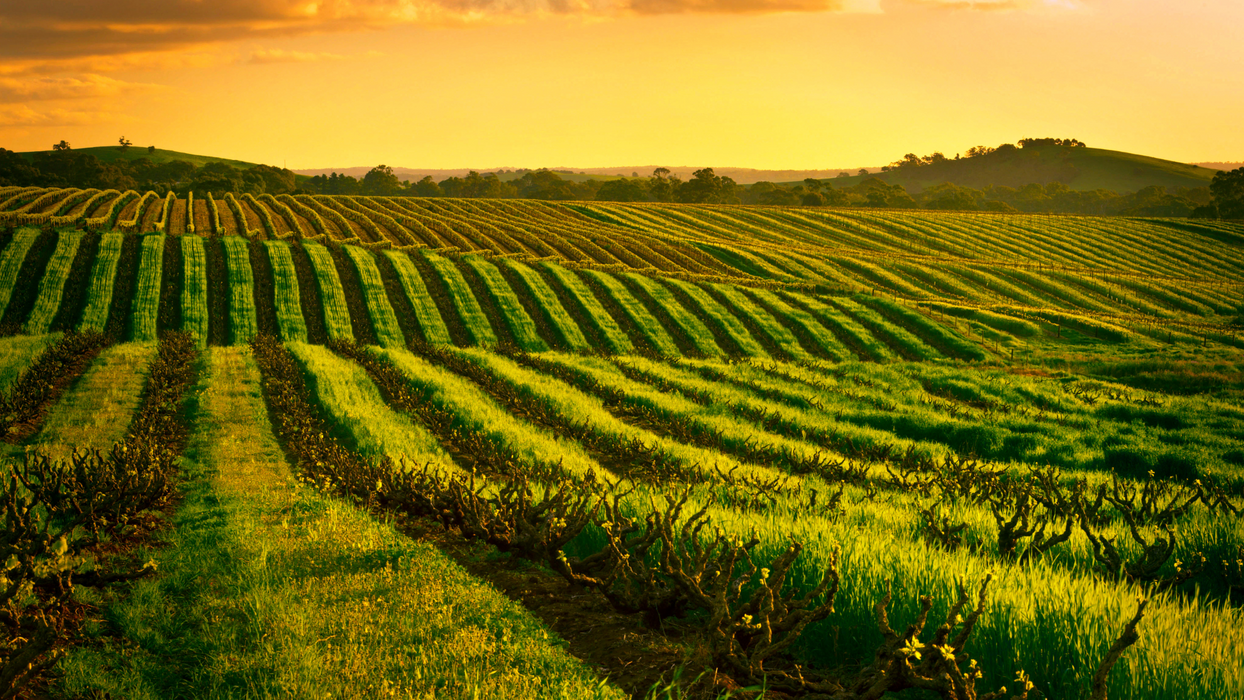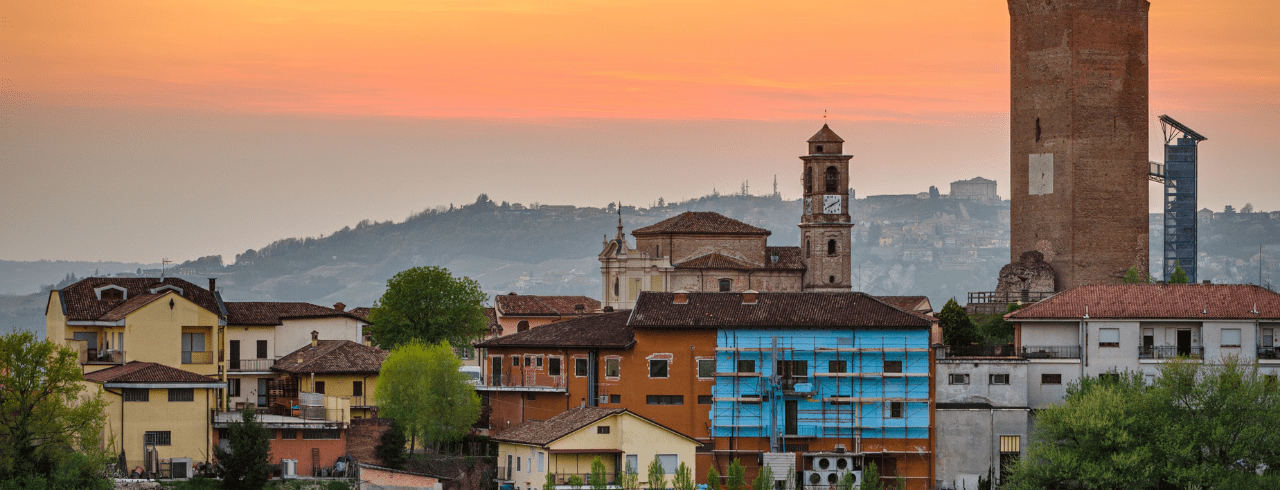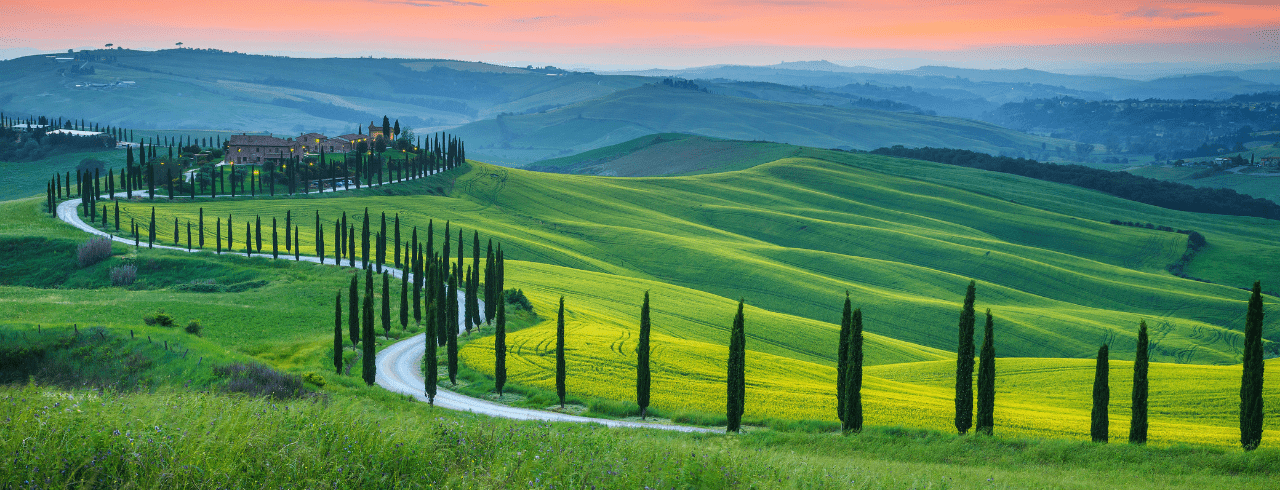
Italian Wine Guide
Italian vino holds an unshakable position in the global wine market.
With its remarkable history, alluring cultural traditions, steadfast dedication to quality, and tremendous production capacity, it’s little surprise Italy is the world leader in the making and exportation of vino.
So, how did Italy develop its dynamic, profitable, and persistent wine industry? Which regions produce their most cherished varietals and blends? And are there Italian wines every vino lover has to try?
We’ll break down the answers to these questions and more in our Guide to Italian Wine:
The History of Italian Wine
As with any Old World wine country, Italy’s vinicultural journey to the 21st Century is lengthy and nuanced.
To help you better understand what made Italy a shining star in the global wine industry, let’s analyze some of the key moments and developments in its history:
Early Prominence
Winemaking in the Italian Peninsula stretches back at least 4,000 years, but the region’s true reign as a vino mecca began in the 8th Century BC. In this period, the Mycenaean Greeks first arrived in modern Italy, delightfully surprised to discover a mix of climates and terrain ideally suited to viniculture.
Occupying swaths of Southern Italy and the island of Sicily, these Greek explorers first popularized the production of wine in the region.
They even went so far as to name their newfound home “Oenotria,” or land of the wine, to signify the area’s vinicultural bounty.
Roman Influence
If the Greeks sparked the embers of Italian winemaking, the Romans set them ablaze.
After defeating the Carthaginians, the then rulers of the region’s wine industry, in the 2nd Century BC, Roman leaders applied their trademark economic and intellectual prowess to winemaking.
For much of Rome’s reign, the Italian Peninsula was a financial hub of the global wine industry. Thanks to an enormous supply of labor and a market buoyed by increasing demand, Roman winemakers sold highly sought-after vino to buyers near and far.
While, of course, the Roman empire would eventually fall spectacularly, a culture of passionate winemaking would forever imprint itself on the region. It is no surprise that contemporary Italian wine finds many of its origins in this most epic of periods in its history.
Appellation and Modern Success
While a great deal happened between the Roman reign over Italy and 2021, let’s stick with our focus on the basics:
From the mid-20th Century to contemporary times, Italy’s wine industry experienced a remarkable renaissance in both the quantity and quality of its wine production.
Starting with the establishment of Italy’s first appellation system in 1963, the country developed a method of rigorously determining the standard and worth of its vino.
This system would experience a substantial boost in 1992 with the creation of Italy’s modern appellation structure. which divided wines into the region and quality-determined categories, such as:
- IGT (Indicazione Geografica Tipica)
- DOC (Denominazione di Origine Controllata)
- DOCG (Denominazione di Origine Controllata e Garantita)
As this new system helped more Italian wine consistently garner official recognition, domestic and international buyers began to purchase the country’s vino in larger quantities over subsequent decades.
By 2005, Italy occupied 20% of the global wine market, second only to France at 26%. By most recent reports, Italy now makes up 19% of the worldwide market, which is currently the highest rate of all countries due to increased international competition from New World regions (United States, Australia, Argentina, etc.)
While the wine industry is more crowded and cutthroat than ever before, Italy uses its rich history, proud culture, and persistent industriousness to secure its place at the top of the vino mountain.
Despite a global pandemic and a variety of new challenges, the Old World wine country shows little sign of slowing down.
Italian Wine Regions
As the world’s most prolific winemaking country, Italy is home to a diverse range of growing regions.
In total, the Southern European vinicultural mecca consists of 20 regions that produce a wide variety of wines, many representing some of the most purchased and acclaimed vino globally.
Scattered throughout the Italian Peninsula, these many regions collectively grow more than 350 official grape varieties and produce the country’s many prized varietals and blends.
For the sake of brevity, we’ll focus on Veneto, Tuscany, and Lombardy, three iconic growing regions that account for a staggering ~42% of Italy’s DOC wine production.
Wine Insiders Tip: If you want to learn more about Old World wine countries like Italy, check out our in-depth guides on the wine of France, Spain, and Austria.
Veneto
On an Italian wine map, the Veneto growing region takes up a relatively small chunk of the country’s Northeast corner. In Italian wine culture, its increasing production, stellar reputation, and vinicultural importance speak volumes.
As part of the Triveneto zone — made up of the Veneto, Trentino-Alto Adige, and Friuli-Venezia Giulia growing regions — Veneto represents a geographical dividing line between chillier Northern Italy and warmer Southern Italy.
This location contributes to a diverse range of climates, soils, and wine cultures, allowing the region to outpace its Italian competitors. Veneto produces nearly 11 million hectoliters of vino annually, accounting for ~18% of Italy’s DOC production — more than any other region.
With a beautiful mix of volcanic, alluvial, calcareous, and clay-based soils spread out over plains, hills, and mountains with a range of cool, temperate, and warm climates, it’s little surprise Veneto yields everything from light, crisp whites to bold, fruity reds and even Rosé -- often with DOC recognition.
We suggest trying bottles of Pinot Grigio, Valpolicella, Amarone, and Prosecco for an authentic taste of Veneto.
Winery to Visit: Veneto’s Corvezzo winery is known for its “100% Organic” winemaking style and offers a lovely tour of its beautiful property.
Tuscany
Tuscany is an iconic international destination beloved by tourists and artists alike, but it’s also a haven of Italian wine with the value and quality to back up its acclaim.
The central region accounts for ~17% of Italy’s DOC production, certainly proving it is far more than just a photogenic, postcard-worthy destination.
With a diverse variety of limestone, sandstone, and sandy clay-based soils, notably hilly terrain, and a mild Mediterranean climate with suitable precipitation, it’s little surprise Tuscany yields an array of DOC, DOCG, and IGT wines.
If you’re searching for the ultimate introduction to delicious Tuscan wine, start with excellent bottles of Chianti, Brunello di Montalcino, Carmignano, and Bolgheri Bianco.
Winery to Visit: The Cantina Etrusca winery offers visitors an exquisite taste of Tuscan culture by way of its proud owners, the Orazzinis, a local family with three generations of winemaking experience, beautiful vineyards, a marvelous estate, and fantastic vino.
Lombardy
Last but not least, Italy’s Lombardy region is a vinicultural treasure not to be overshadowed by its more prolific neighbors.
Though the growing area only yields ~7% of Italy’s DOC wine production, its proximity to Milan, the country’s second-largest city, and vibrant mix of culture, history, and beautiful countryside make it a prodigious contributor to the national wine industry.
The landlocked Northern region is large in size, offering winemakers plentiful access to its well-draining, often-alluvial soils, diverse mix of mountains, hills, and plains, and cool, pleasant continental climate conducive to growing.
For a delightful sip of Lombardy, we encourage you to try its Rosso di Valtellina, Sforzato di Valtellina, Lugana, and Moscato.
Winery to Visit: The Villa Amoroso winery offers excellent vino and a first-class introduction to the vinicultural beauty of this Northern Italian region.
Italian Wines
While there are many delicious types of Italian wine to sample and enjoy, it would be impossible to go in-depth on each in this brief guide.
With that in mind, let’s instead break down three of our favorite vini italiani to give you some of Wine Insiders’ insight on what makes each unique:
Chianti
An iconic Italian red wine, Chianti is dry, medium-to-full-bodied, highly tannic, and highly acidic.
Each sip of this vino toscano also offers a delightful medley of flavors and aromas, ranging from fresh, juicy red fruit to herbaceous hints of violets and earthy overtones of clay, leather, and smoke.
To make the most of this classic Old World wine, marry it with your favorite red-sauce pizza, pasta dishes featuring tomato sauce, or meats such as lamb, roast beef, and venison.
Learn more about Chianti here!
Valpolicella
Valpolicella is a highly unique, dry red wine that uses its distinct personality to win the hearts of vino lovers the world over.
With a light to medium body, notably high acidity, and relatively minimal tannins, it subverts many of the non-flavor characteristics typically associated with red wine.
Conversely, its flavor profile is classic Italian red:
Valpolicella delights taste buds with its lovely, fruity notes of cherries, strawberries, and raspberries that marvelously harmonize with delightful hints of cinnamon, pepper, chocolate, and almond.
We recommend trying this lighter red vino alongside chicken, pork, roasted/grilled veggies, and pizza.
Learn more about Valpolicella here!
Prosecco
A proud export of Northeast Italy, Prosecco is a bubbly delight with oodles of exciting personality and mouth-watering flavor.
This Italian white wine features a pleasant and light body, minimal tannins, and moderate acidity alongside a symphony of green apple, pear, and peach flavors complemented by subtle notes of nuttiness and creaminess.
Try pairing your bottle with seafood, cheeses, or cured meats for ultimate deliciousness.
Learn more about sparkling wines like Prosecco here!
Wine Insiders: Your Home for International Wine
Now that you understand what makes Italian wine so unique, acclaimed, and profitable, it’s time to check out Wine Insiders’ diverse collection of fantastic varietals and blends from across the globe:
From classic Old World staples of Italy, France, and Spain to exciting New World favorites from South Africa, Australia, and New Zealand, we have the affordable, delicious bottles and sets you need to taste the world of wine at your leisure.
For more information about wines, storage, and more — check out our full library of Wine 101 Guides!
For 30% off sitewide, use our promo code “WINE101” and start saving today!
